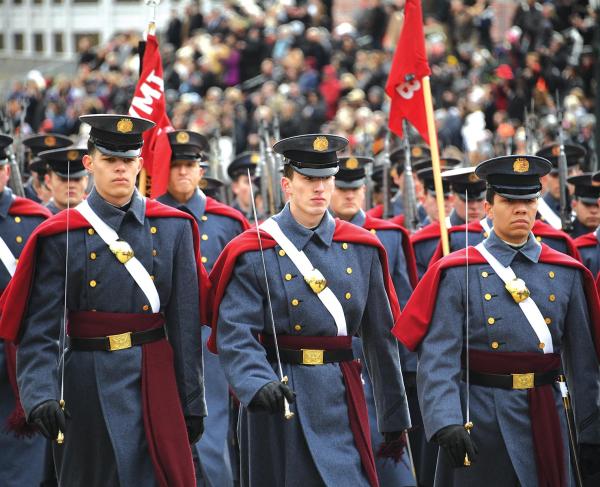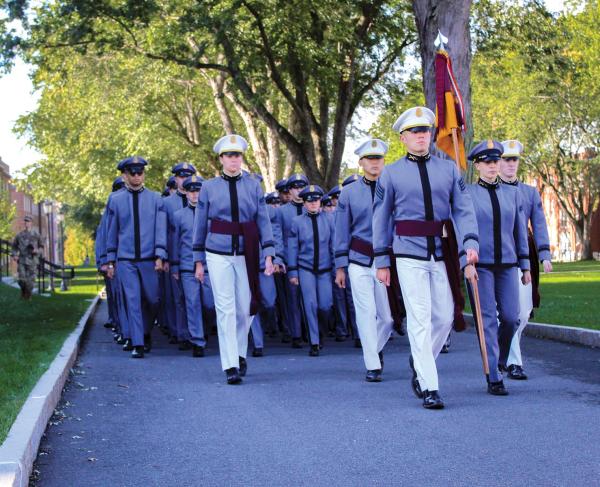10 Facts: The United States Military Academy at West Point
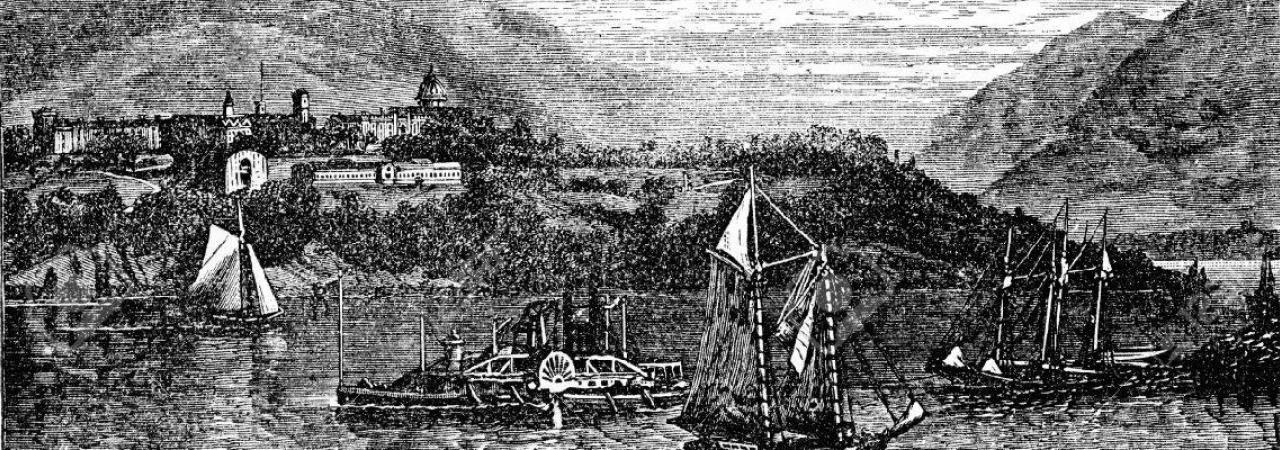
Fact #1: West Point is the oldest continuously operated Army post in the United States.
American soldiers first occupied West Point on January 27, 1778. When the harsh winter from late 1777 to early 1778 froze the Hudson River, a Connecticut militia unit marched across the river and set up camp at what is now West Point. Between 1778 and 1780 Polish engineer Tadeusz Kościuszko designed and oversaw garrison defenses. During the Revolutionary War, West Point was known as Fort Arnold, but after Benedict Arnold’s betrayal, it became known as Fort Clinton. Though the location was used for training cadets in engineering starting in 1794, it officially became the United States Military Academy at West Point in 1802.
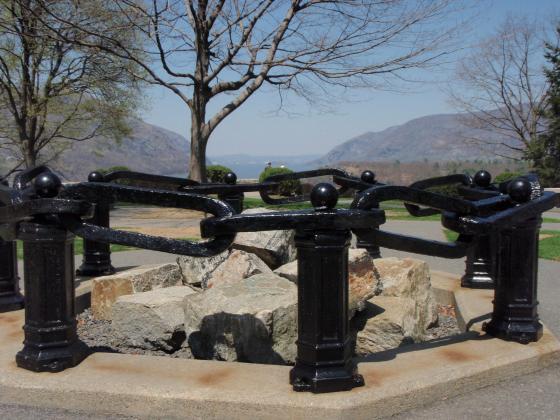
Fact #2: The Great Chain protected the colonies from being split by the British.
Americans knew the strategic importance of the Hudson River in the war against the British. Afraid that British ships could travel up the river and essentially split colonial forces, the Continental Congress devised a plan to string large chains across the Hudson, to stop British ships traveling down the Hudson. Smaller chains were placed north and south of West Point, but in 1778 Americans constructed the largest and most important obstruction to British ships potentially traveling the Hudson, the Great Chain, or the Hudson River Chain, from West Point to Constitution Island. The Great Chain consisted of iron links each two feet long, totally 600 yards in full. The British never attempted to run the chain, despite Benedict Arnold pressuring that “a well-loaded ship could break the chain.” After the war, the chain was decommissioned and melted down for iron. However, a small portion of the chain is still on display at Trophy Point at the academy.
Fact #3: West Point is the site of Benedict Arnold’s infamous betrayal.
As soon as it became clear to Arnold that the colonial forces were going to grant him command of West Point, he began to discuss deals to give up the fort to the British. He even sent his British contacts detailed drawings of West Point during his first visit to the fort. Finally, Arnold and the British decided that when Arnold had been placed in command of West Point, he would give up the fort and the American position for 20,000 pounds and British command.
On August 3, 1780, Arnold was given the command at West Point. After establishing himself, he started to weaken its defenses and started planning the downfall of West Point. He met with British Major John Andre on September 21, 1780, to discuss Arnold’s plans to give up the position. However, American forces fired upon the ship Andre planned on taking back to the British position in New York, forcing the ship back downstream. Andre was forced to return over land. Despite Arnold providing him with documents to pass through American lines, Andre was captured, and the plot was revealed. Arnold escaped to the British and American forces hanged Andre.
Fact #4: The first West Point superintendent had no military experience.
President Thomas Jefferson created the academy with the intention of creating a national university founded on science. He made Jonathan Williams, a prominent scientist and relative of Ben Franklin president of the university. Williams had no previous experience in the military. Nevertheless, he accepted the position of colonel and reported to West Point.
Fact #5: Alexander Hamilton officially purchased West Point while secretary of the treasury.
Despite American forces inhabiting West Point starting in 1778, the American government did not own the land. The land was originally owned by General Stephen Moore of North Carolina. In 1790 Hamilton, as Secretary of the Treasury, purchased West Point from Moore for $11,085.
Fact #6: West Point contributed graduates to the Union and Confederate armies.
217 graduates of West Point attained the rank of Brigadier General or higher in the Union army during the course of the Civil War. In addition, about 146 West Point graduates became general officers in the Confederate army.
Fact #7: The first black students at West Point faced oppression from their fellow cadets.
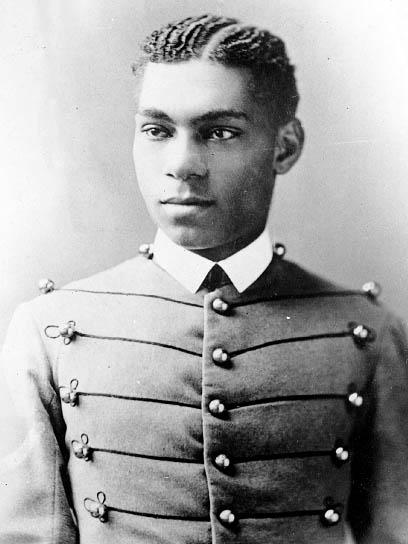
In the wake of the Civil War, West Point was progressive in accepting black students. In 1870 the academy admitted its first black cadet, James Webster Smith. However, after harsh treatment from fellow students and the administration, the school dismissed him on trumped-up charges of “academic deficiency.” Henry O. Flipper became the first black graduate in 1877; however, even after graduation, Flipper faced harsh, unfair treatment. In 1881, Flipper was arrested for a deficiency in funds and blamed for embezzlement. Soldiers under his command felt the charges were a “set-up” and came together to produce the missing funds. Despite his soldiers’ unyielding faith in him and the court finding him innocent of embezzlement, he was found guilty of “of conduct unbecoming an officer and gentleman,” and he was dismissed from the US military. President Bill Clinton pardoned him in 1999, long after his death.
Currently, black cadets are thriving at the academy. In 2019 West Point graduated a record number of black students and a record number of black women. Furthermore, West Point appointed its first black superintendent, Darryl A. Williams, in 2018.
Fact #8: Robert E. Lee did not just attend West Point, he was superintendent of the Academy.
Many of the generals, on both sides, of the Civil War attended West Point; however, few can say they were once superintendent of the school. Robert E. Lee was hesitant to accept the position of superintendent as he called the school a “snake pit.” The War Department did not allow him a choice, and he became superintendent in 1852. While superintendent, Lee improved the quality of the buildings, spent time with cadets, and extended the course curriculum from four years to five years. Lee was promoted to second-in-command of the 2nd United States Cavalry, then stationed in Texas and he left the institution. He would later use this experience after the war serving as president of Washington College, now Washington and Lee.
Fact #9: If a cadet is worried about a test, they visit John Sedgwick.
While to most, John Sedgwick’s legacy is his infamous last words at Battle of Spotsylvania Court House, where, according to legend, he remarked “Why are you dodging like this? They couldn’t hit an elephant at this distance.” Moments later, in a form of cruel irony, Sedgwick was struck by enemy fire. To current West Point cadets, Sedgwick is an ironic symbol of good luck. Before finals, if a cadet is nervous about exams, they visit Sedgwick’s monument on campus in full dress at midnight. Legend says if they spin the statue’s spurs, they will pass all their final examines. Ironically, Sedgwick himself was discouraged from taking the entrance exam to West Point, as he was informed that he would not pass. Sedgwick graduated from West Point in 1837.
Fact #10: Engineers from West Point are responsible for some of America’s most important infrastructure.
West Point grads designed almost all early American railways, roads, and bridges as it was the only engineering college in the country until 1824. However, even after 1824, West Point engineers were highly sought after. The chief executive of the Panama Canal, George Washington Goethals, was a West Point Grad.

